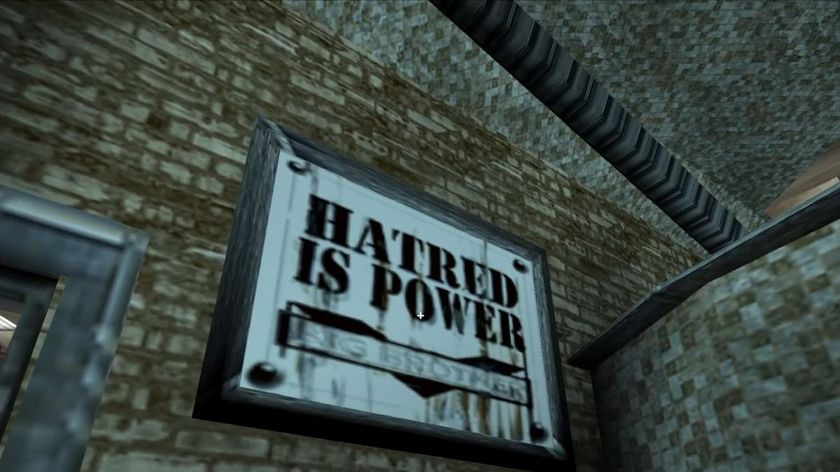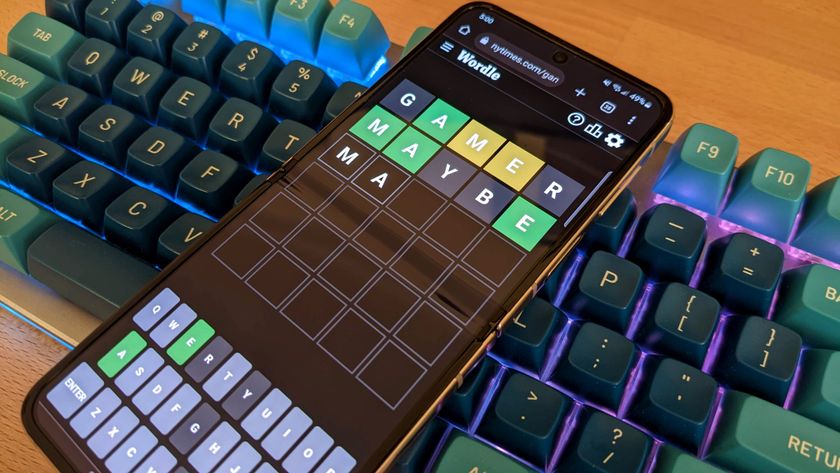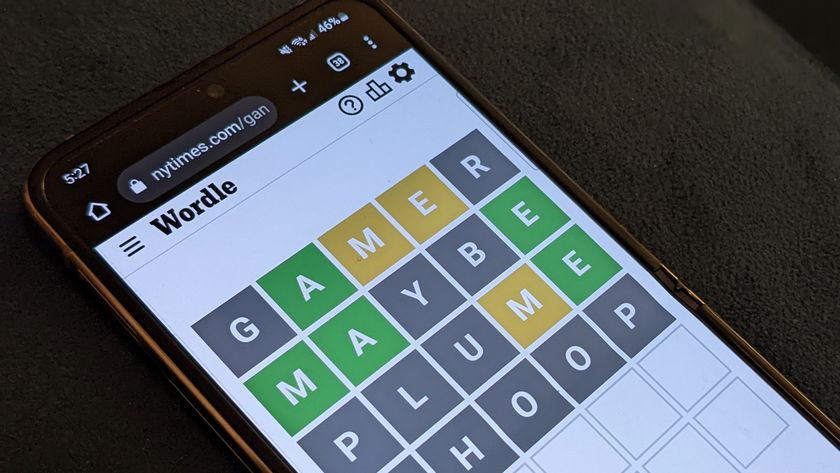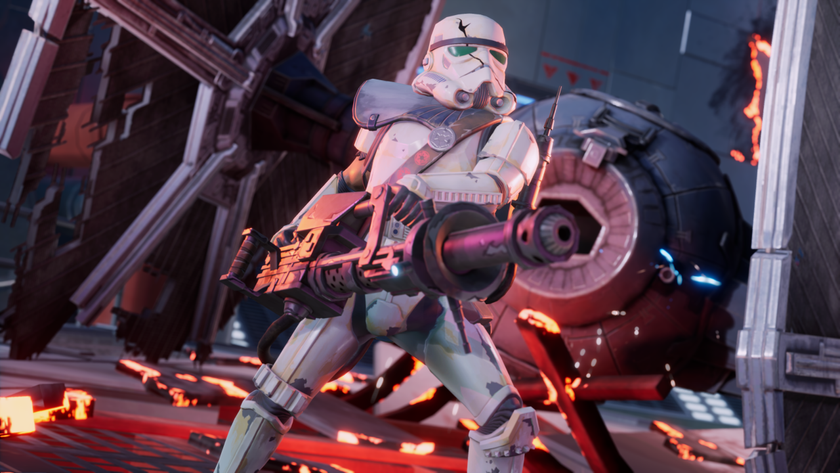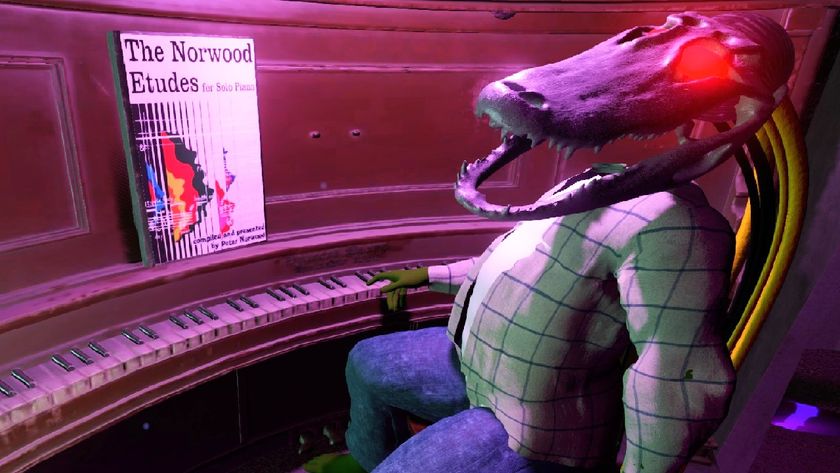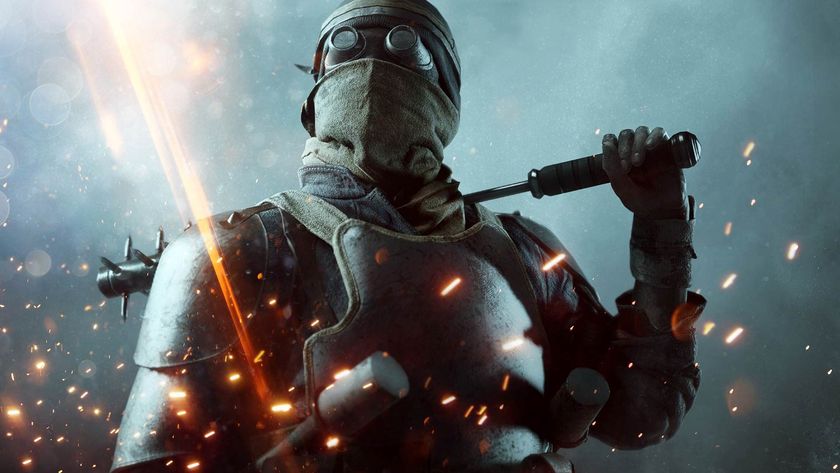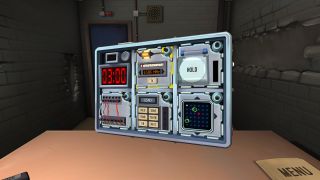
Indie VR party game Keep Talking and Nobody Explodes first launched on Gear VR back in June of last year, releasing on Steam a few months later in October. It works like this: one player in VR (or looking at a private screen) attempts to diffuse a bomb while the other players, who have the defusal manual, frantically explain what to do. According to co-creator Ben Kane at his GDC talk today, the idea's a hit: Keep Talking has sold over 200,000 copies. While not quite as impressive as some recent indie hits, it's still a great success—especially considering it was primarily targeted at owners of VR headsets at a time where not many people have them.
In his GDC panel, Kane attributed part of the success to the unexpectedly wide appeal of the game. He said that early in development, they assumed VR early adopters would be excited about it, but that during their play testing at conventions it became clear their demographic wasn't so limited. Young kids, families, and even people who said they usually don't play video games found it appealing. Kane said this wide audience made them realize that Keep Talking and Nobody Explodes wasn't actually a bomb-defusal game, but "a communication party game that just happened to be bomb-themed," and pushed the development away from darker themes (like the inclusion of a bomber or mentions of death) and toward the more friendly version of the game we see now.
Kane referred to their convention demos as the place they really figured out what they were making, saying "demoing was going to fundamentally shape what our game would be." This decision was made partly because the original prototype was made at a game jam and shown off quickly after, so "the cat was out of the bag," as Kane put it, and also because not many people had access to VR to try it at home. Those public forums allowed the team to "eavesdrop" on people playing and iterate as they saw issues.
Another interesting reveal from Kane at GDC was what he called the "secret sauce of Keep Talking." We already knew that the bombs were procedurally generated—with randomness to which modules appear and how they look—but Kane added that the rules for disarming each module (as in, "if there's one red wire, cut the red wire") were procedurally generated as well. Though they've since been made static, the solutions were constantly shifting whenever they showed off the game. Kane mentioned that this meant the groundwork was already laid if they wanted to potentially bring that randomness back in for an added challenge.
The biggest gaming news, reviews and hardware deals
Keep up to date with the most important stories and the best deals, as picked by the PC Gamer team.
